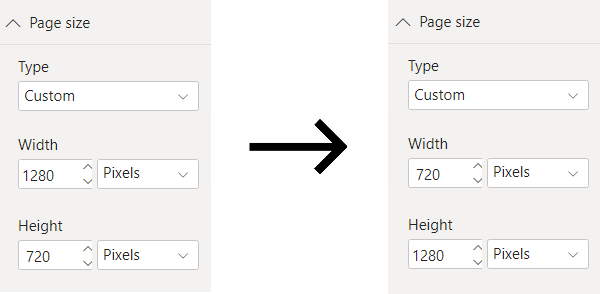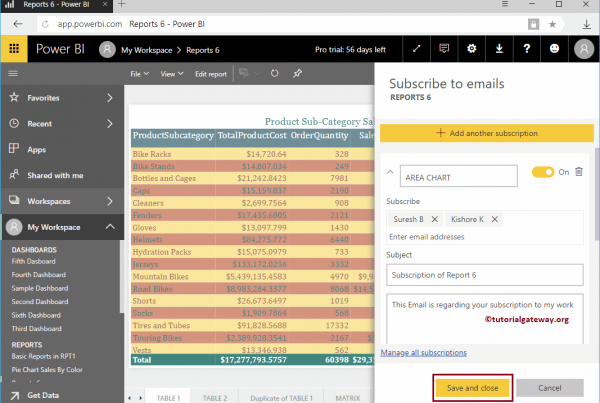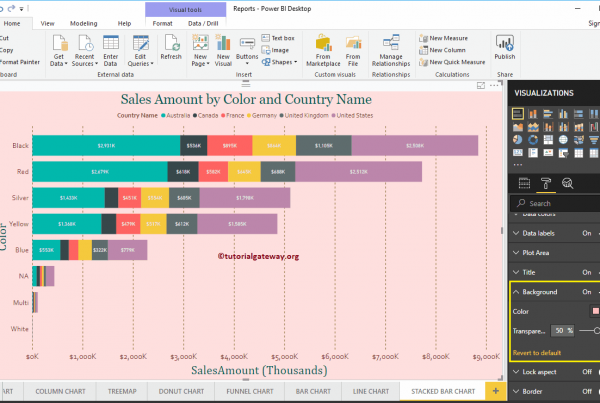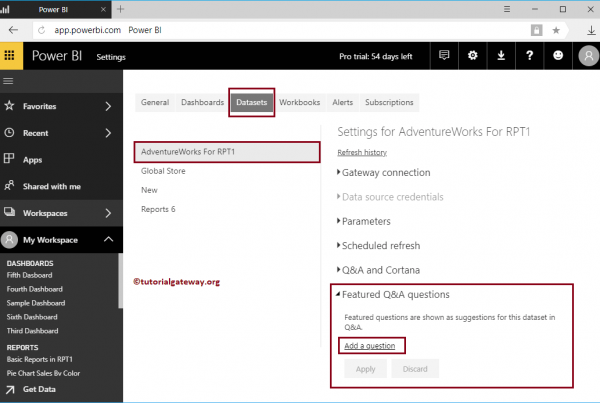The default Power BI report layout uses a landscape orientation. While it is not common to see report pages that use portrait mode, Prathy Kamasani (Blog/tweet) has a notable example in Power BI here. Otros también lo han probado. Se usa ocasionalmente en otras comunidades de datos o periodismo basado en datos. En general, si desea guiar a alguien a través de su análisis haciendo que se desplace como una página Web, May be an option to try.
So what happens if I create a report with a vertical layout in Power BI?
Not much. Except I might get questions. Some may start with "Why did you use a vertical layout?" You might agree to a "tall" page until you hear "Why is this Power BI report taking a long time to load?" At which point you have gone too far ...
Personally, I don't see a vertical layout as a good option under most circumstances, with one critical exception. I think it's at least worth a try if you have the right combination of:
1) Publicar en un informe web o incrustado con una pequeña cantidad de elementos visuales y que tenga restricciones de ancho en la página web en la que está incrustado (Blog o página de noticias con barra lateral, por ejemplo).
2) Viewers unfamiliar with Power BI navigation and interactivity options (usually external public viewers)
With internal reports or for users already familiar with Power BI interactivity, such as drill-through, cross-filtering, advanced page navigation, and more; use a more traditional design that people are familiar with.
UPDATE: Example embedded "in nature"
After initially posting this, Nick Nigro shared with me an example where it is used and embedded outside of the Power BI Data Story Gallery. Let us know what you think and thanks Nick!
https://securingdemocracy.gmfus.org/hamilton-dashboard/
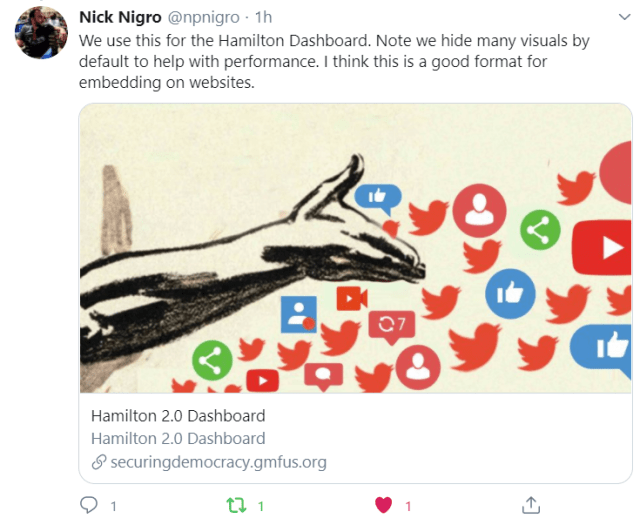 <>
<>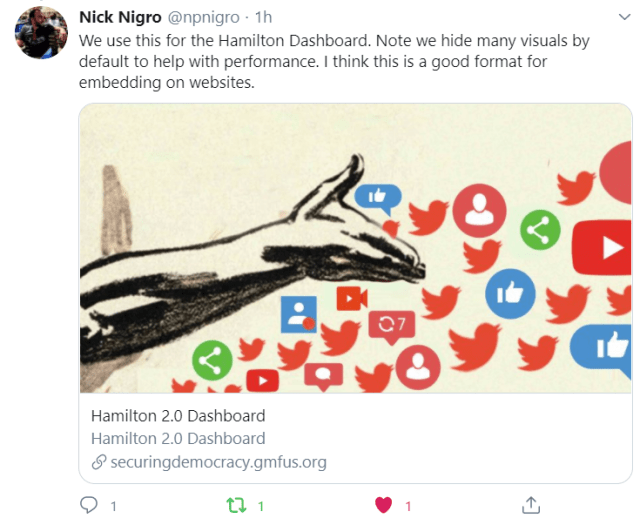
Format: page size
Under the Page size format area, Power BI has different Type options. While the default uses an aspect ratio of 16: 9, Personalized write and manually set the Width and Height allows you to define any size and resulting orientation you want.
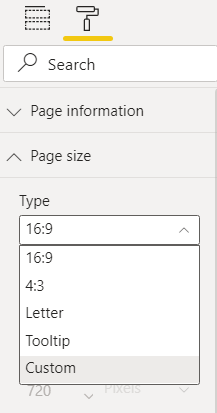
For example, a simple vertical layout might involve changing the default width and height so that it now uses 720 pixels for the width and 1280 pixels for the height. However, you can set the height to any value (good performance, reasonable) depending on the needs of your report.
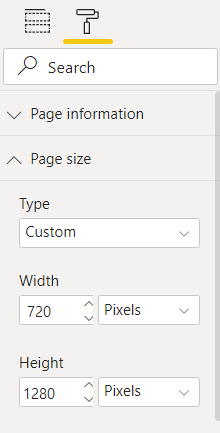
Don't forget "Fit to width"
The default value Page view The option in Power BI is Fit to page, pero cuando se usa un diseño vertical, toda la página aparece en la pantalla. Este valor predeterminado hace que be más difícil de diseñar. En cambio, si intenta un diseño vertical, vaya a la Watch tab on the ribbon, select Page viewand then choose Fit to width. Real size it could also be reasonable depending on its dimensions.
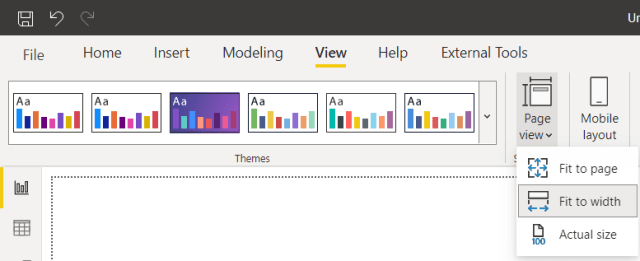
This option stretches the report canvas to take the available width and scrolls up and down to add images along its vertical layout.
Pros
- Mimics the natural scrolling behavior of someone browsing a website.
- It gives the viewer more control over their navigation.
- More contents cabe en una sola página (aunque vea una desventaja a continuación si agrega muchos elementos visuales a una página).
- Good story format from start to finish.
- It may help to more easily view content if your Public Publish to Web reports are embedded in sites with a reduced width (such as a news page or blog with a sidebar), or if your audience will largely see the Publish To report. the Web on mobile devices.
Cons
- Formato deficiente para informes que son altamente interactivos, dependen de muchos filters cruzados para análisis, marcadores, etc.
- Scrolling can be confusing for viewers at first, as this page orientation is not commonly used in Power BI.
- It can be difficult to find specific images compared to standard page navigation where entire pages appear on the screen.
- The viewer will not know if the report page is 1,000 pixels or 20,000 pixels (how tall is it?).
- Since a single page can be as tall as you want, performance can suffer as you add more and more images to the page.
- Exporting to PDF or PowerPoint doesn't keep the Fit to Width setting, so a single page in Power BI remains a single page when exporting.
Can you think of any more advantages or disadvantages of using a vertical report layout in Power BI? I would appreciate your comments below.
Payment links
Como asociado de Amazon, gano con las compras que califican.

